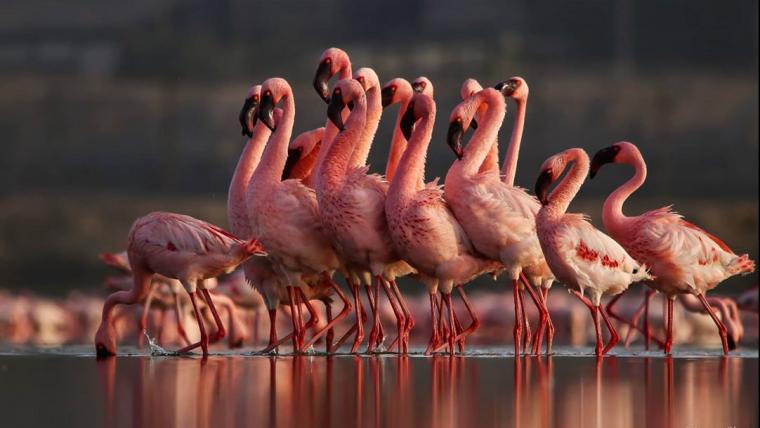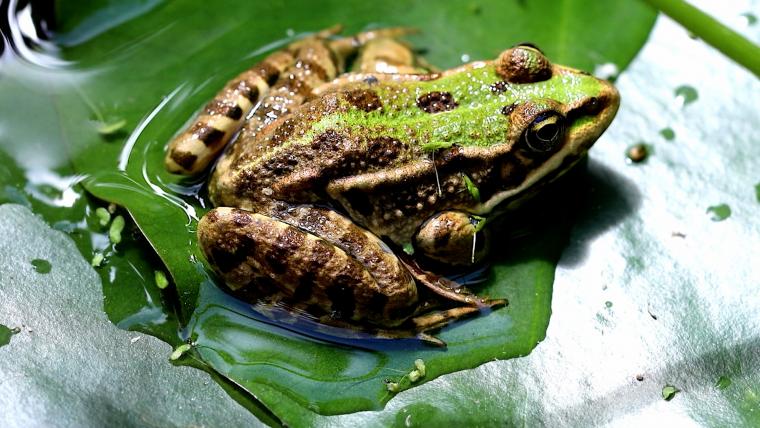
Flamingo City: Where the flamboyant birds preserve their lineage
The flamboyant lesser flamingo attracts attention wherever it goes. These birds form the largest flocks in the world with up to a million having been recorded. Every year, nearly 40 000 lesser flamingos swarm to Porbandar, India for a social extravaganza. Porbandar is also known as Surkhabi Nagri, which translates to Flamingo City. Lesser flamingos journey here to dance, accentuate their features, and find a mating partner. This fascinating bird is the star of the show, and Porbandar is its stage.
Once the flamingos’ bellies are full and water levels are at its optimum, the mating dance begins. During the courtship process, male flamingos perform a series of ostentatious movements in a tightly packed congregation. The flamingos coat themselves in their natural pink-producing oil in order to make an impression. Flapping their wings, bobbing their heads and continuously honking, they create a spectacle to attract females.
While they march in Porbandar annually, the nomadic lesser flamingo does not settle in a single region, but migrates from one to the next depending on food availability. Flocking in large groups minimises their risk of predation as numerous eyes are on the lookout for danger. Flamingos vertically stretch their necks to communicate if there is a potential threat, which others mimic as a warning to seek safety.
Lesser flamingos are sensitive to environmental fluctuations, and it has a direct impact on their movement. With climate change causing a decrease in rainfall, the future of their habitat and food supply is uncertain. Lesser flamingos are classified as near threatened, and their population is decreasing. Ongoing changes may affect their mating rituals, and ultimately their lineage in Flamingo City. Humans are at the centre of conserving life for these proud pink birds, and ensuring they always have a place to perform.
Footage by Anurag Bhatu was used in the creation of the film.






























Please sign in to leave a comment